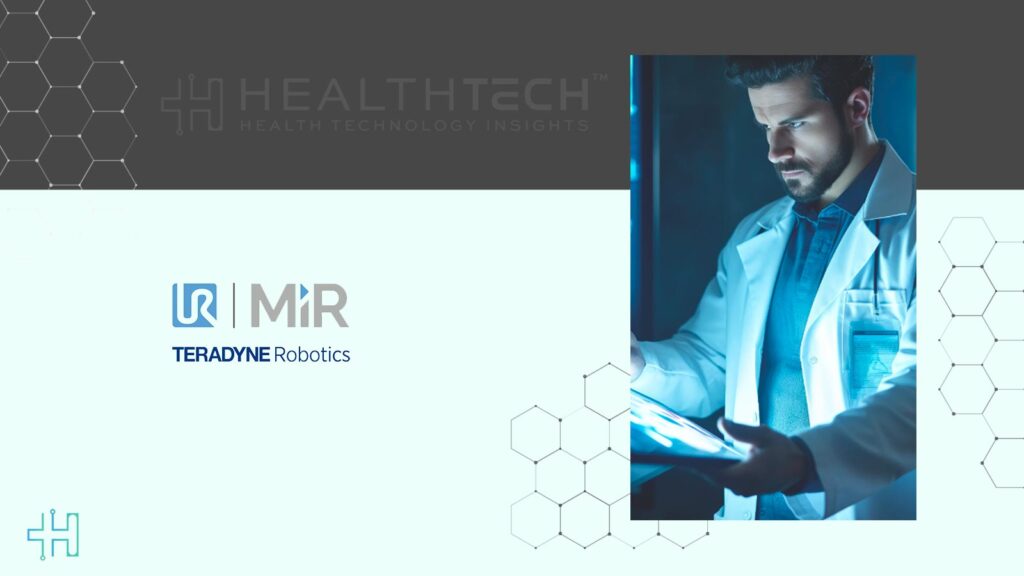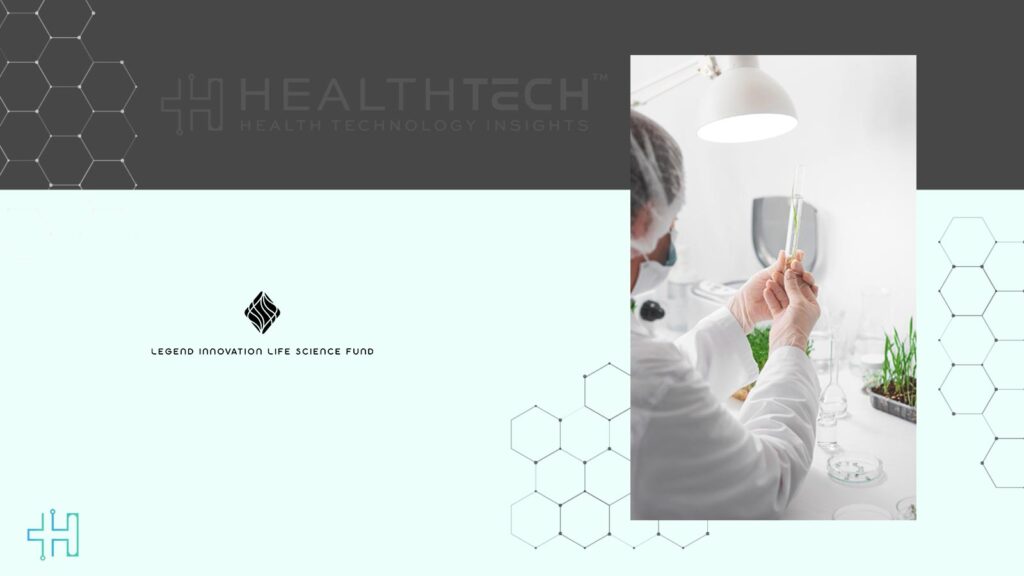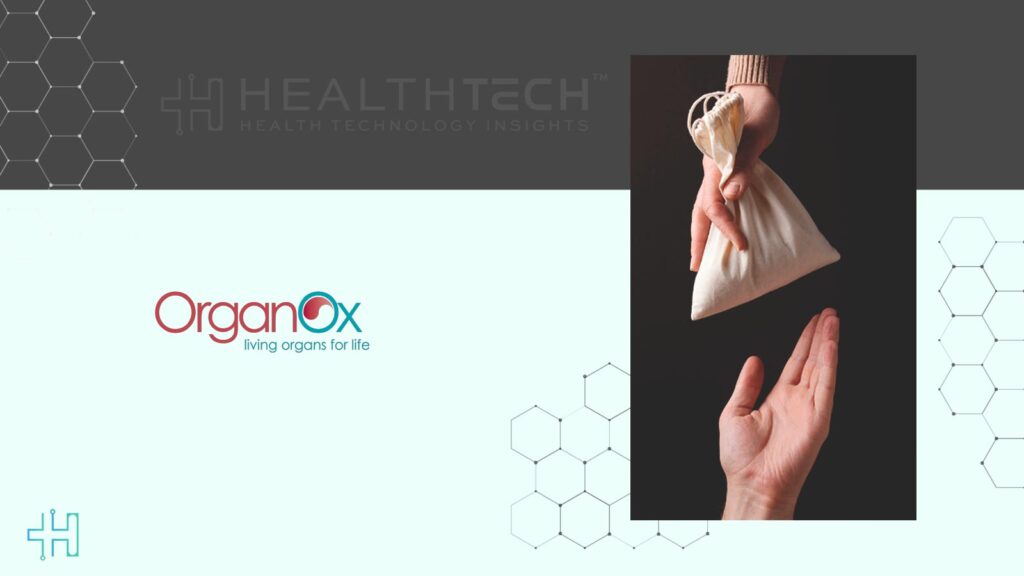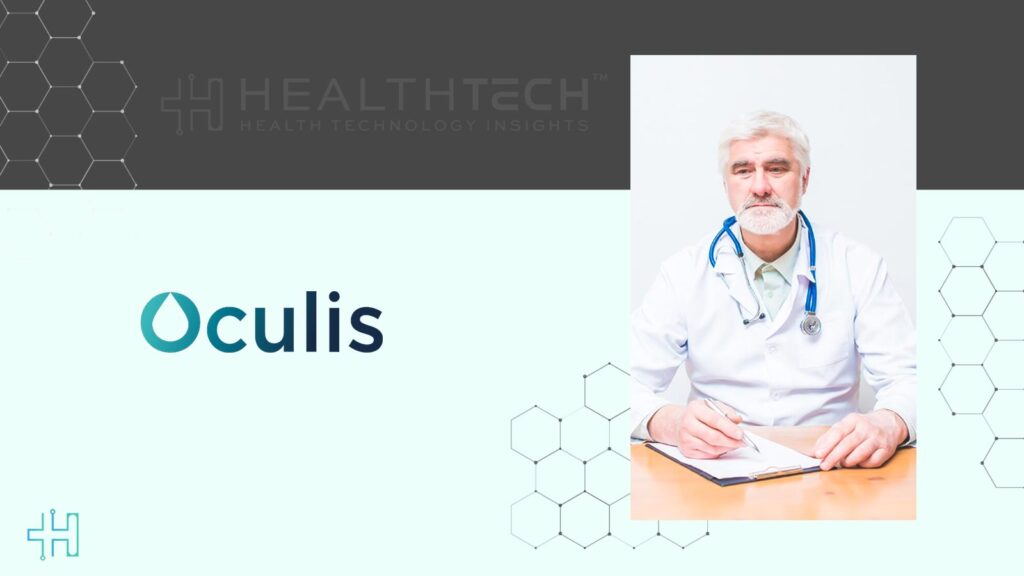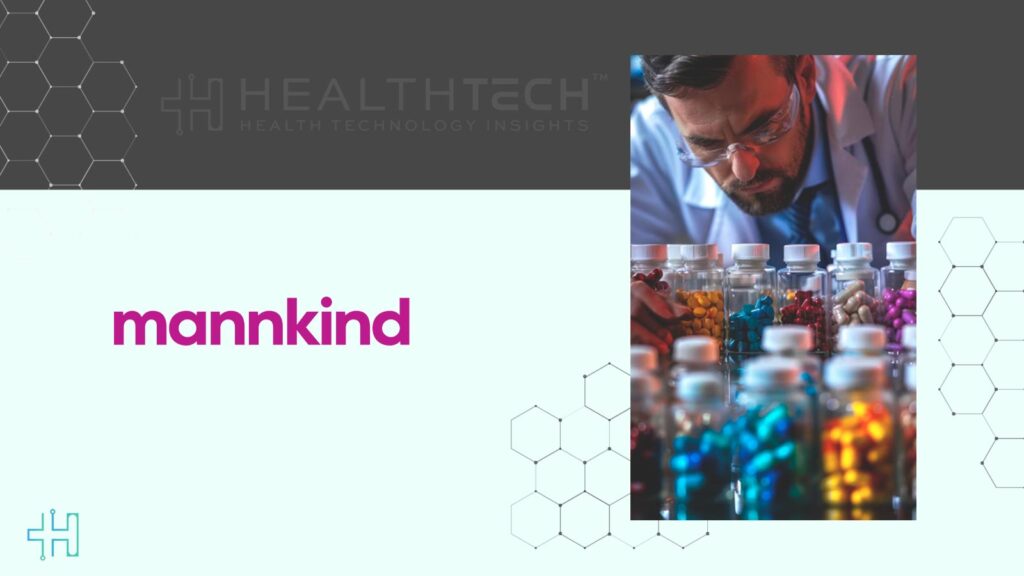Multiply Labs, a company that makes robots, has launched a new system that helps make cell therapies cheaper, cutting costs by nearly three-quarters. This new technology has been tested through research approved by experts at UCSF. It uses robotic arms from Universal Robots (UR) to change how cell therapy is made, which is usually a complex and expensive process. Multiply Labs is the first official partner of UR in the field of cell and gene therapy. Their goal is to make these life-saving treatments available to more patients, especially since the cost of each dose can be between $300,000 and $2 million.
Health Technology Insights: Sonitor and Tagnos Merge to Boost Healthcare Tech Solutions
Fred Parietti, the CEO of Multiply Labs, says, “In the past, making these cell therapies was done by hand, almost like an art. Scientists did almost everything manually, like handling small amounts of liquid or mixing cells.” Unlike regular medicines, each dose of these treatments is made from a patient’s own cells, meaning they can’t be made in big batches. Any tiny bit of bacteria or germ can ruin the whole product, so making this kind of therapy is very delicate and costs a lot.
The new robotic system uses several UR robot arms working together in a small setup that avoids any accidents. This system automates the whole process of making these therapies. It does the same tasks as humans but faster, with more accuracy, and keeps everything very clean. Dr. Jonathan Esensten, who works at Sheba Medical Center and used to be at UCSF, says, “When we compared the old manual process with the robotic one, we found that the robotic system reduced the cost by about 74 percent.” He adds, “We have been growing T cells for a long time, but having a robot do this without human contact is a big step in making these treatments cheaper and easier to make in smaller spaces.”
Besides saving money, the robotic system also allows for much more production in the same space. It can make up to 100 times more doses per square foot of cleanroom than the old methods. Parietti explains, “Robots don’t breathe or touch anything they shouldn’t,” which helps keep everything clean and reduces the chance of infection. This was shown in research done by UCSF, which found that manual handling led to contamination, but the robotic process didn’t.
Health Technology Insights: Stem Cell Trial for Crohn’s Opens Enrollment by Hope Biosciences Research Foundation
A big part of Multiply Labs’ innovation is their imitation learning technology. Instead of teaching robots from scratch, they watch videos of scientists doing the tasks and then the robots copy those actions. Parietti says, “We ask pharmaceutical companies to record their scientists doing their work, then we use that data to teach the robots to do those tasks quickly and consistently all the time.” This approach saves money on engineering and also makes it easier to meet the strict rules needed for approval. Dr. Esensten explains, “Companies can show that the robotic method is the same as the approved method, which could save years and billions in reapproval costs.”
Multiply Labs chose Universal Robots after looking at many options. Nadia Kreciglowa, who leads the robotics team at Multiply Labs, says, “UR stood out because of their six-axis arms, their soft and careful handling, how easy it is to set up the software, their strong community, and how well they work in clean environments.” Jean-Pierre Hathout, the president of Universal Robots, says, “Our cobots help Multiply Labs copy complex manual tasks with great accuracy and efficiency, which is changing how we make pharmaceuticals.” He adds, “This partnership not only saves money but also makes life-saving treatments more accessible, showing how robots can help humans in healthcare.” The robotic system is already being used by pharmaceutical companies around the world, including those that worked with Stanford University scientists. Parietti concludes, “This technology will change how we make personalized cell and gene therapies. By lowering costs and making production more widespread, we can eventually give these life-saving treatments to patients all over the globe.”
Health Technology Insights: Health Technology Insights: Latest News And Innovations – Roundup 19 August 2025
To participate in our interviews, please write to our HealthTech Media Room at sudipto@intentamplify.com

